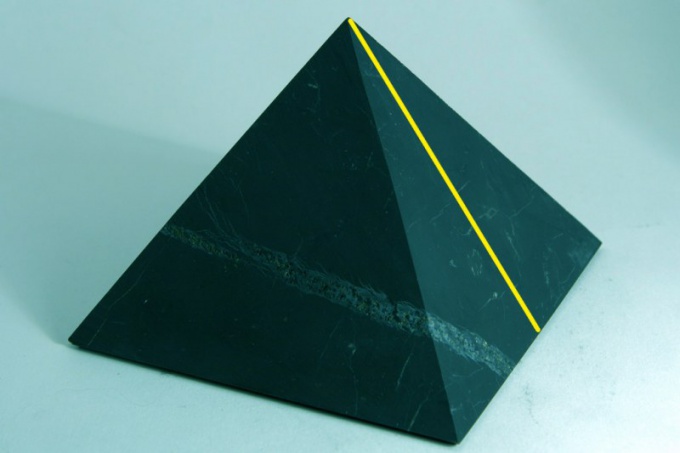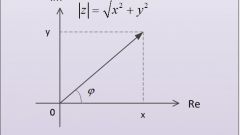You will need
- - geometrical parameters of the pyramid.
Instruction
1
In the triangle side faces apofema (f) is the height, so if you known the length of a side edge (b) and angle (γ) between him and the edge to which omitted apofema, you can use the known formula for calculating the height of the triangle. Multiply the given edge length by the sine of the known angle: f = b*sin(γ). This formula applies to any pyramids (right or wrong) shape.
2
To calculate each of the three abovem (f) the right of a triangular pyramid is enough to know only one parameter, the edge length (a). This is because the faces of the pyramid have the shape of equilateral triangles of equal size. To find the heights of each of them calculate the half works the length of the edges on the square root of three: f = a*√3/2.
3
If you know the area (s) of the lateral faces of the pyramid, in addition to it is sufficient to know the length (a) overall edges of this face with base three-dimensional figure. In this case, the length of apodeme (f) find the doubling of the ratio between the area and edge length: f = 2*s/a.
4
Knowing the total surface area of the pyramid (S) and the perimeter of its base (p), too it is possible to calculate the apofema (f), but only for the polytope of the correct form. Double the surface area and divide the result by the perimeter: f = 2*S/p. The form of the base in this case does not matter.
5
The number of vertices or sides of the base (n) need to know if in terms of the edge length (b), the side faces and the angle (α) formed by two adjacent lateral edges of a regular pyramid. Under these initial conditions calculate the apofema (f) by multiplying the number of sides of the base to the sine of the known angle and the squared length of a side edge, followed by dividing the values in half: f = n*sin(α)*b2/2.
6
In a right pyramid with a square base to find the length of apodeme (f) you can use the height of the polytope (H) and the edge length of the base (a). Extract the square root of the sum of squared height and a quarter of the squared lengths of the edges: f = √(H2+a2/4).






